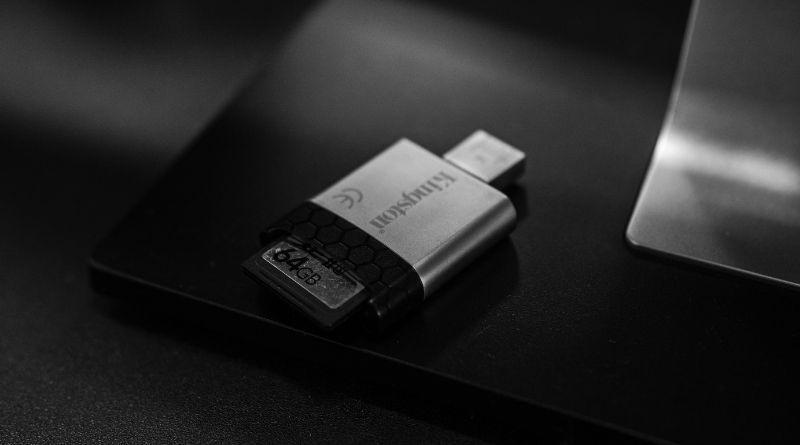Formatting a USB stick: this is how it works. By formatting a USB stick, all data is deleted from the storage device and the stick is made compatible with the FAT file system for common operating systems. You can then copy new data to the removable disk.
Needless to say, what is USB? USB is used to transfer important information from one PC to another. In addition, when you connect the USB from one PC to another and the computer virus can enter USB via your computer. In this case, you need to format the USB.
There are several ways you can format a USB flash drive but sometimes the simplest method does not work and you can deal with problems to build a USB. Here we have discussed three ways you can easily format a USB flash drive.
Why do we need to format USB? When USB connects from one PC to another, there may be a virus and may transfer the USB to your USB and PC. This is why you need to format your USB drive and erase it from viruses.
When you need to format your USB, you can easily format it. We’ll tell you how easy it is to be able to format any USB. Follow the instructions mentioned below:
How to format a USB stick in Windows
If you would like to format your USB stick, for example to use it as a boot stick, proceed as follows:
- Connect the USB stick to your PC / laptop by inserting it into a free USB port.
- Click the Windows Start icon in the lower left corner, then click Computer. Here you can see the connected removable disk.
- Right-click the USB stick and left-click “Format …”. A new window will open.
- Here you can select the desired file system. If you would like to use your USB stick in connection with other operating systems, we recommend the standard setting “NTFS”.
- If you only want to pair your stick with Windows systems anyway, you can select the “FAT32” setting. However, this file system can only be used on USB sticks with up to 32 GB.
- To format a data carrier over 32 GByte, you need an additional program such as FAT32Formatter.
- You can leave the “Storage capacity” and “Size of allocation units” unchanged.
- You can specify a name for the USB stick behind “Volume label”. You can change this at any time even after formatting.
- As a rule, you can leave or set the check mark in front of “Quick format”, as this type of formatting is sufficient in most cases. However, if you want to be on the safe side when deleting data, you can remove the check mark.
- Click on “Start” and confirm the security question. Your USB stick will then be formatted.
Further
Follow the basic steps that are mentioned above, then you will be able to format USB in Windows. In some case, there will USB flash drive not format easily then you need to use different ways to format this such as CMD method.
If your USB stick cannot be formatted, we will show you how to proceed in our practical tip below.
How to Format USB in Command prompt (Step by Step Guide).
Conclusion
Here are all the details and how to easily format a USB flash drive. I am my own person in these ways where I cannot format my USB easily. All these methods are safe and secure, be sure to follow all the instructions carefully mentioned above. Use these methods, you will not see the message “Windows cannot format drive” while formatting the USB flash drive. Thanks for reading!




